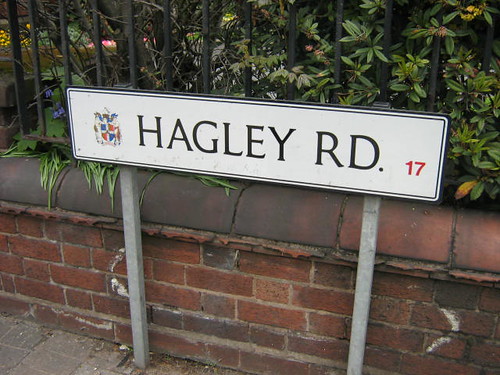When anti-immigration campaigners are presented with
comparative figures showing that other EU countries are host to a much higher number of migrants than the UK, they then often resort to the "density factor".
Interestingly, suddenly the focus switches from
Britain to England. "We're only a small country", we hear, and the
headlines are often accompanied by a
picture of a crammed street, better if in
Central London. Aside from very small states like Malta, and also the Netherlands, England has the highest density rate in the EU. If you consider the UK, however, Belgium's also more densely populated, while both Germany and Italy are just a little behind.
Yet a man from D
üsseldorf will point out that
North Rhine, his hugely overcrowded state, is twice more densely populated than Germany and way more than England.
An Italian could say that if you consider Northern Italy only, then the country's density is higher than that of Bahrein. And that if you discount the Alps, which are objectively quite difficult to inhabit en-masse, population density will reach Singapore-levels.
Similarly, a Catalan will tell you that their density is six times higher than Spain's, and so forth. Yorkshire counts more people than Cumbria. Where do you draw the line?
But I'm diverging. The argument you hear is that, while France and Germany have more room, England is overcrowded. Therefore, the rise of the BNP can be explained by this alarming, simple, visible fact.
So let's have a look. Are far-right anti-immigration parties a direct product of high population density? If tomorrow England woke up the size of Russia, would Nick Griffin retire from politics and the BNP die a sudden death?
France, a nation four times the size of England, has long boasted one of the most successful far-right parties in Europe. In 2007, the Front National tallied 11% of the national vote. Its leader Jean Marie Le Pen notoriously qualified for the
second round of the French Presidential elections in 2002, netting over 17 per cent of the votes.
Their figures are similar to those of
Vlaams Blok, the far-right Flemish nationalists in super overcrowded Belgium.
Italy, the cradle of fascism, is also home to a thriving far-right anti-immigration movement. The country may be getting increasingly densely populated now, but Mussolini's
political heirs have regularly won a fair share of MPs since WWII, averaging 6% of the vote at each national election- and that's before, during and after inward migration began in Italy.
Sweden has an incredibly low population density, but with
7.2% according to the latest polls, its far-right party,
Sverigedemokraterna, can currently piss all over their German colleagues of the
National Democratic Party who scored a rickety
1.8% at last September's general elections.
Geert Wilders'
Party for Freedom may have netted 5.9% at the 2006 Dutch national elections protesting that Holland is packed, but Vladimir Zhirinovsky's far-right party in humongous, sparsely-inhabited Russia managed 9.3% at the Presidential elections in 2008.
And back to England (or Britain, depending on the data you're expected to swallow), the BNP gained 192,000 votes at the
2005 general elections, the same as the National Front in
1979, when there were less people and less immigrants around, the EU didn't exist and builders from Eastern Europe were kept in by the iron curtain.
The picture emerging, therefore, is one where overcrowding, population density, centre-right or centre-left governments, the EU and the Muslims all matter very little when it comes to justifying the far-right racist vote.
Read "Immigration myths": PART ONE and PART TWO.





























